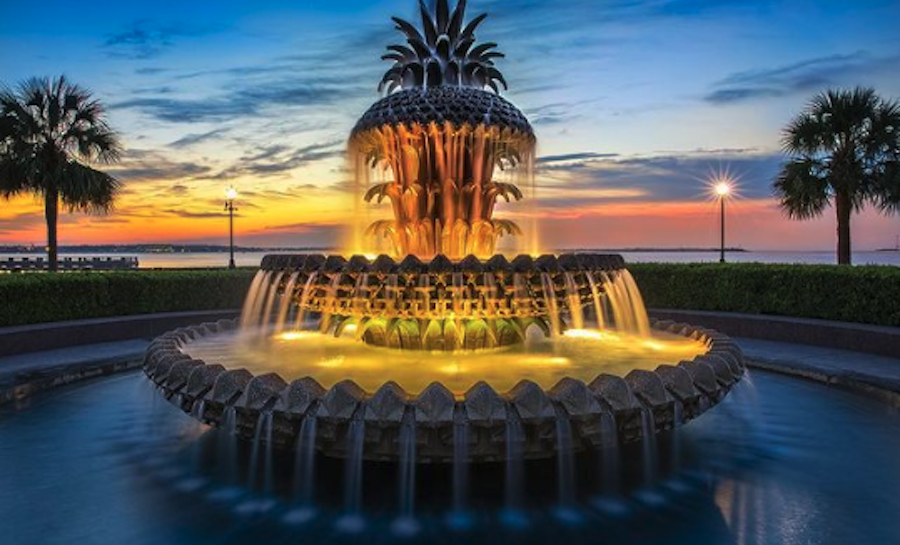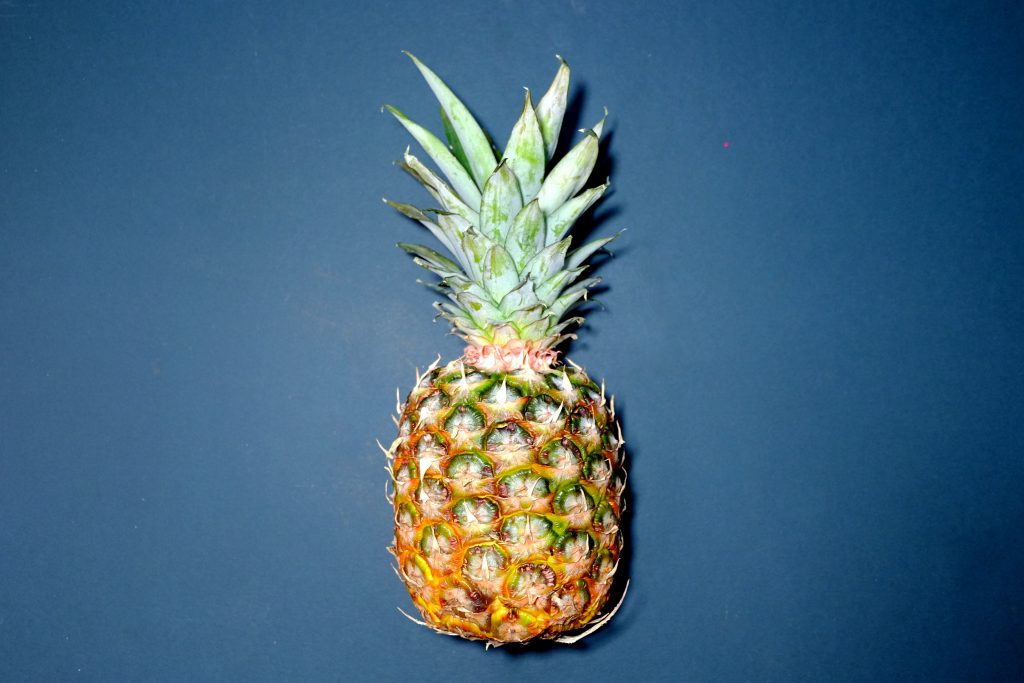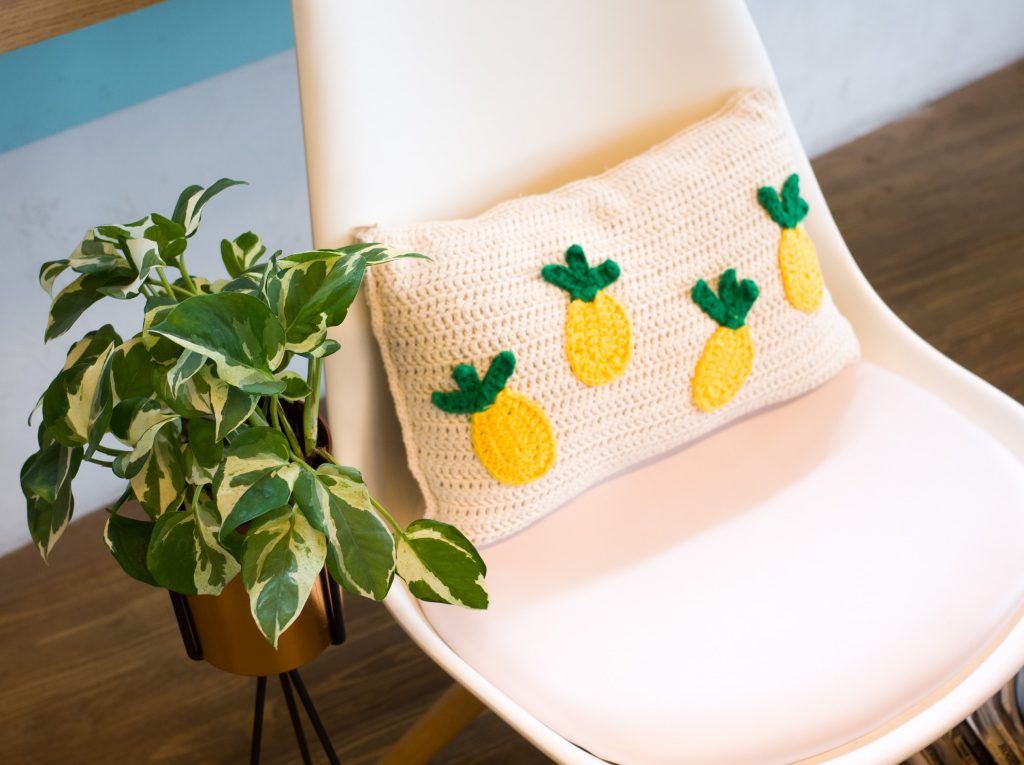
The Staple of Charleston: Pineapples
By now, we’ve all heard that pineapples are symbols of hospitality in the United States, but there is one place where this is especially prominent: Charleston, South Carolina. Known to be the most visited city in South Carolina, perhaps Charleston’s most famous pineapple piece, their pineapple fountain, draws hundreds of thousands of onlookers every year. Now, in a state that doesn’t even grow pineapples, how did they become such an iconic piece?
Starting at the Beginning

Everything comes back to Christopher Columbus as he is said to have introduced the pineapple to the European people after returning from a voyage to Guadeloupe. Columbus recognized the similar cosmetic appearance of the pineapples to pinecones, leading him to name his “new” fruit the “Pine of the Indies.” When he brought back pieces of pineapple, people instantly loved it. Fruit was a luxury back then and people ate it up. Once the American colonies were formed, the fruit only grew in popularity, even being rented for use as decorative centerpieces. Since the pineapple took years to grow and often spoiled before even reaching the Americas, the demand for pineapples only grew as time went on.
Pineapples: A Symbol in the Making

As pineapples boomed in popularity, they remained a rarity and were not available to just anyone. As it was extremely difficult to get ahold of, anyone who offered pineapple to their guests was thought to be extremely wealthy and was seen as a great host. This is where it is believed the pineapple began to be viewed as a symbol of exceptional hospitality.
Following the pineapple’s establishment as a hospitable object, many seafarers began a new tradition. Upon returning home from a lengthy voyage, sailors would hang or spear a pineapple outside of their home to signify that they were home safe and that their home was open to visitors to come over to drink, eat, and socialize. This was especially true in Charleston, a major port city in America from colonial to modern times.
From here, the pineapple began to be used in architecture, a prime example is seen in the famous Simmons-Edwards House which boasts its pineapple gates for all visitors to see, earning it the affectionate nickname of the “Pineapple Gates House.” Pineapples continued to pop up everywhere from little trinkets being sold on the street to being carved into bed posts and door frames, there was no escaping the trend.
Where Pineapples Stand in Charleston Today

The pineapple is more prominent in Charleston today than it ever has been. Whether it is displayed at a home or depicted on city corners, anywhere you go, a pineapple is never far away. One of the most famous examples of this is the Waterfront Park with its gorgeous Pineapple Fountain built in 1990. The pineapple is so ingrained in Charleston that there are tourism awards given out by the Visitors Bureau called “Golden Pineapples.” Those who live in Charleston embody the symbolism behind the pineapple and welcome its influence on their city. It is not unusual to see pineapple-themed dishes, art, and merchandise displayed around the city for all to enjoy. Although pineapples may not be a rarity anymore, their impact lives on in Charleston, South Carolina.
To get Chestnut Hill Farms news and updates delivered to your inbox, sign up for our newsletter.


